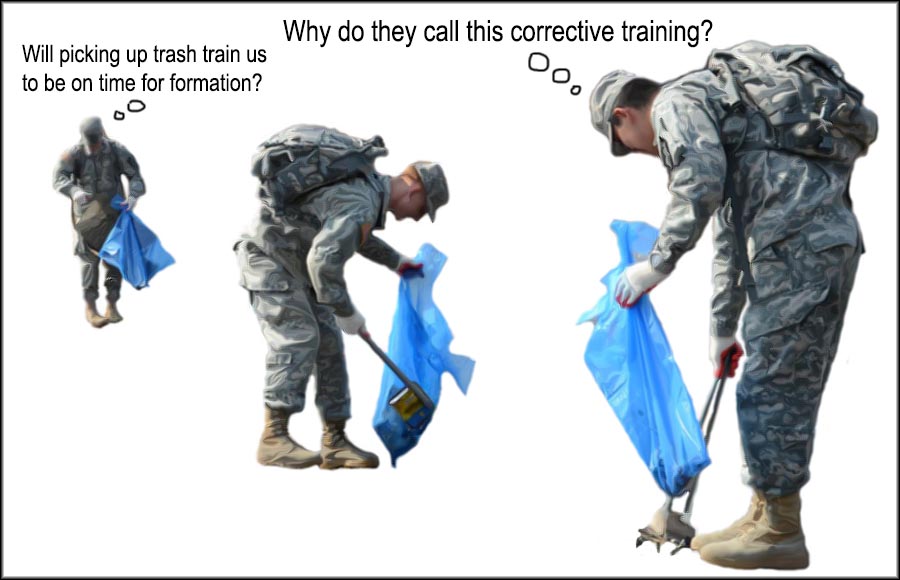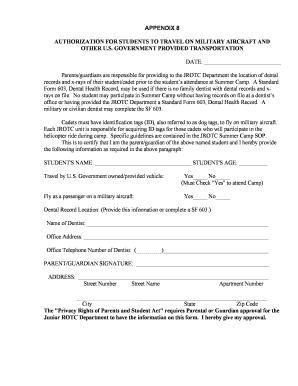Army Regulation On Work Hours
The Importance of Work Hours in the Army: A Guide to Army Regulation
Work hours play a crucial role in the operations and effectiveness of the United States Army. Army Regulation 1-06 provides guidelines and regulations that govern work hours for soldiers and establish standards for maintaining productivity and well-being. In this article, we will delve into the specifics of Army Regulation on work hours, understand its significance, and address some commonly asked questions.
Subheading 1: The Basics of Army Regulation on Work Hours
1.1 Understanding the Purpose of Army Regulation on Work Hours

The Army Regulation on work hours, as outlined in Army Regulation 1-06, aims to establish guidelines and regulations to ensure that soldiers have appropriate and consistent work schedules. It emphasizes the importance of work-life balance while ensuring optimal productivity and readiness. This regulation provides a framework for determining regular duty hours, rest periods, and exceptions to the standard work schedule.
1.2 Regular Duty Hours and Rest Periods

According to Army Regulation 1-06, regular duty hours typically span from 0730 to 1630 hours, Monday through Friday. However, specific units or missions may require alternate duty hours, which are determined by army leadership. To maintain soldier readiness and well-being, the regulation also mandates rest periods, including a minimum of 10 hours of uninterrupted rest between duty days.
Subheading 2: Exceptions and Considerations
2.1 Mission-Oriented Flexibility

While standard work hours and rest periods are crucial, Army Regulation recognizes the necessity for flexibility in certain mission-oriented scenarios. When operational needs arise, commanders may implement temporary deviations from regular duty hours. These exceptions must be communicated effectively to soldiers, ensuring that their well-being and readiness are not compromised.
2.2 Accommodating Individual Situations

Army Regulation also acknowledges that soldiers may require reasonable accommodations regarding work hours due to personal or family circumstances. Soldiers facing unique situations such as family care responsibilities, medical conditions, or religious practices are encouraged to communicate with their chain of command. Commanders are responsible for considering these individual situations and striving to accommodate soldiers while ensuring mission readiness.
Subheading 3: Frequently Asked Questions (FAQ)
3.1 Can a soldier request flexible work hours due to personal circumstances?
Yes, soldiers can request flexible work hours for personal circumstances. However, this request is subject to approval by the chain of command, considering operational requirements and mission readiness.
3.2 Are there any provisions for overtime pay in the Army?
Yes, the Army provides provisions for overtime pay. Soldiers who work beyond their regular duty hours or are required to work on weekends or holidays may be eligible for additional compensation in accordance with Army regulations.
3.3 Can commanders impose extra duties beyond regular duty hours?
Commanders have the authority to impose extra duties beyond regular duty hours in certain situations. However, they must ensure that the workload remains reasonable and doesn't compromise the well-being or readiness of soldiers. The imposition of extra duties should be communicated clearly and should not occur consistently or without a valid reason.
Conclusion
Army Regulation on work hours is an essential aspect of maintaining soldier readiness, productivity, and overall well-being. It establishes clear guidelines for regular duty hours, rest periods, and exceptions. By recognizing the importance of work-life balance and accommodating individual circumstances, the Army ensures that soldiers remain effective in carrying out their duties while addressing their personal needs. By adhering to these regulations, the Army reinforces its commitment to the welfare of its soldiers.
Note: This article is a general overview of Army Regulation 1-06 on work hours and is not intended as official guidance. Please refer to the official Army Regulation for specific and up-to-date information.
+28 Army Tattoo Policy Regulation References - Galeries
 Image Source : imobiliez.com
Image Source : imobiliez.com Fillable Online Nomination Forms And Guidance Fax Email Print - PdfFiller
 Image Source : www.pdffiller.com
Image Source : www.pdffiller.com Army Memorandum Format Regulation - Financial Report
 Image Source : excelspreadsheetsgroup.com
Image Source : excelspreadsheetsgroup.com Shaving Profile Army Regulation
 Image Source : beardonbrother.blogspot.com
Image Source : beardonbrother.blogspot.com Army Regulation AR 670-1 - YouTube
 Image Source : www.youtube.com
Image Source : www.youtube.com 670
Army Profile Regulation 2022
 Image Source : defencelab.info
Image Source : defencelab.info Navy Uniforms: Navy Uniform Regulations 2015 Questions
 Image Source : sasvyuniformssilam.blogspot.com
Image Source : sasvyuniformssilam.blogspot.com hair army 670 regulation female navy regulations natural military petition uniform beauty rules hairstyles unauthorized questions shocking moments uniforms helped
Incredible Army Regulation 670-1 2022
 Image Source : civildefence.info
Image Source : civildefence.info Army regulation ar 670-1. Incredible army regulation 670-1 2022. Army profile regulation 2022. Navy uniforms: navy uniform regulations 2015 questions. Hair army 670 regulation female navy regulations natural military petition uniform beauty rules hairstyles unauthorized questions shocking moments uniforms helped